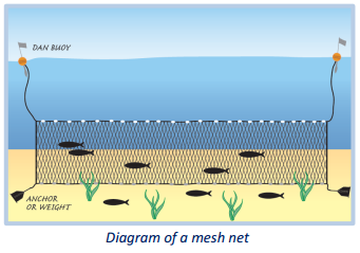Gippsland Lakes Fishery
"I may get cold and wet, we may catch little, but every day is the best day ever, sorrounded by the beauty and mustery of nature."
Gippsland Lakes Fisherman
"I may get cold and wet, we may catch little, but every day is the best day ever, sorrounded by the beauty and mustery of nature."
Gippsland Lakes Fisherman
|
|
Meet Gary Leonard, a generational fisherman in the Gippsland Lakes. Gary shares his story on how and why he became a fisherman and what a day in his life is like.
Gary loves supplying fresh, local seafood to the Victorian people, something all fishers pride themselves on. And remember 'its not as simple as it looks', well said Gary and thanks for sharing your story. Thanks to FRDC FishFiles for the video. |

|
Haul seining is a traditional style of fishing that has been used in Victoria’s Bay and Inlets for over 100 years. In shallow water, the haul seine is deployed, in a place based on fisher knowledge and experience. The haul seine forms an arc, and is used to surround fish and draw them towards the boat, avoiding fish getting stuck in the net, which means the fish are alive once encircled. Then the fish are sorted while in the water. The fish of market value are removed using hand-held dip nets and are placed into the ice slurry box. Non-market fish are returned immediately to the water without harm. Research has been shown that 97% of released fish survive, making the fishing method highly environmentally friendly (Knuckey et al, 2002).
|
Mary Mitchelson, the first woman to professionally fish in the Lakes, haul seining in the 1960s.
|